Tucked away in Southeast Alaska, Glacier Bay National Park is one of those rare places where raw wilderness still dominates the landscape. Spanning over 3 million acres, the park serves as a living laboratory of glacial activity, with massive ice rivers carving valleys and sculpting fjords. It was declared a national monument in 1925 and later became a UNESCO World Heritage Site, recognized for its breathtaking natural beauty and unique geology.
Today, most visitors, like us, arrive by cruise ship, where the journey into Glacier Bay feels like stepping back in time to an untouched world of towering peaks, icy waters, and abundant wildlife.
Types of Glaciers:
- Valley Glacier: Long, narrow rivers of ice that flow down mountain valleys, carving their way downhill. Example: Reid Glacier in Glacier Bay.
- Tidewater Glacier: Glaciers that reach the ocean, often calving icebergs into the water. Example: Margerie Glacier in Glacier Bay.
- Piedmont Glacier: Valley glaciers that spill onto flat plains, spreading out in a fan-like shape. Example: Malaspina Glacier in Alaska.
- Hanging Glacier: Small glaciers clinging to mountain sides, often ending at cliffs and feeding ice to lower glaciers. Example: Tributaries of Carroll Glacier.
- Cirque Glacier: Bowl-shaped glaciers forming in mountain hollows, sometimes feeding larger glaciers.
- Icefield / Ice Cap: Massive ice masses covering mountains or high plateaus, feeding multiple outlet glaciers. Example: Juneau Icefield in Alaska.
The Same
We both visited Glacier Bay as part of a cruise. Since the DINKs opted for a round-trip itinerary, we had the unique advantage of sailing into Glacier Bay twice, once on the way north and again on the return south. That meant we were able to experience the glaciers and wildlife from different perspectives, with varying light and weather conditions, making each visit feel entirely new and unforgettable.
On cruises that include Glacier Bay, rangers from the Glacier Bay National Park & Preserve actually come aboard early in the morning via small boat and stay on the ship for the day. They provided commentary about the park’s history, glaciers, and wildlife, pointing out sights we might have otherwise missed. Listening to them while gazing out at the landscape helped us understand just how much this park has changed over the last 250 years, and how quickly it’s still changing today. They:
- Give live commentary over the ship’s PA system as you sail past major points like Gloomy Knob, Margerie Glacier, and Johns Hopkins Inlet.
- Set up information tables with maps, wildlife guides, and park passports.
- Host presentations about the park’s history, wildlife, and Native Tlingit culture.
National Parks Service Boarding
Early that morning, we gathered along the railings to watch something special: the National Park Service rangers arriving. A small boat pulled up alongside our massive cruise ship, bobbing in the water like a toy next to a giant. With incredible precision, the rangers climbed aboard, bringing Glacier Bay with them in the form of stories, maps, and knowledge we never would have had on our own. It was a surreal moment, watching the transfer in the stillness of the bay, knowing these rangers were our connection to one of the most remote national parks in the country.
Wildlife Watching
Wildlife watching in Glacier Bay National Park is one of the highlights of any Alaska cruise. As we cruised through the bay, we spotted sea otters floating on their backs, harbor seals playing amongst chunks of ice, and a humpback whale fluking in the distance. With every turn through the icy fjords, the park revealed new opportunities to witness animals thriving in their natural habitat.
- Humpback Whales – Famous for their dramatic breaches and tail slaps, these giants migrate to Glacier Bay each summer to feed. The Dinks were lucky enough to see one flapping it’s tail and the dive deep and come up for a breach. But mostly just saw spouts in the distance and an occasional arched back going for a dive.
- Orcas (Killer Whales) – Sleek and powerful, orcas travel in pods and can sometimes be seen hunting in the bay’s deep waters. The Dinks were lucky enough to have one come up right near where they were on the ship. It let out a big sigh then headed back under.
- Puffins – With their colorful beaks and comical flight, puffins nest along rocky cliffs and skim low over the water. The Dinks saw a Handful usually floating in the water after a dive
- Sea Otters – Often spotted floating on their backs, sea otters use kelp beds for shelter and are playful favorites among visitors. The Dinks absolute favorite was watching all the sea otters holding hands, even some with babies floating on their bellies.
- Bears – Both black and brown bears roam the shorelines, especially near streams where they forage for fish and other food. The Dinks were lucky enough to see a brown bear near the shore.
- Sea Lions – Loud and social, sea lions gather in groups on rocky outcrops; they have visible ear flaps and can “walk” on land using their large flippers.
- Seals – Quieter and more solitary than sea lions, seals are often seen lounging on ice floes; they lack ear flaps and move on land with an undulating motion.
- Mountain Goats – Often seen perched on the steep cliffs of Knobby Point, their white coats stand out against the dark rock as they skillfully navigate near-vertical terrain. Get ready to watch for white spots as you cruise on past. We were both able to catch a glimpse of a few goats.
Key Places to look:
- Gloomy Knob: Mountain goats in Glacier Bay are most often spotted on Gloomy Knob, a striking granite outcrop that rises steeply along the shoreline about 30 miles into the bay. Because the rock face is so sheer and barren, the bright white coats of the goats stand out clearly against the darker stone, making them much easier to spot even from a cruise ship.
- As we sailed quietly along the shoreline, we spotted a Pacific bear rummaging along the beach. It was an incredible moment watching this massive creature move with such ease and purpose in its natural habitat, completely undisturbed by our presence on the ship.
Margerie Glacier
We’ll never forget the first glimpse of Margerie Glacier. The ice wall stretches 21 miles long, but what really stands out is its face: a sheer cliff of blue and white ice rising 250 feet above the water. We stood up on deck, waiting in silence for the sound everyone talks about, the thunderous crack of calving ice. You do not understand how exciting staring at a Glacier can be until you are standing in front of it doing it.
When it finally happened, a chunk of ice the size of a building crashed into the bay. It’s one of those moments that makes you realize just how small you really are.
Johns Hopkins Glacier
Sailing deeper into the bay, we reached Johns Hopkins Glacier, a stunning river of ice framed by jagged mountain peaks. The setting felt almost unreal, with hanging glaciers tumbling down the cliffs around it. This glacier is one of the few in the park that’s actually advancing, and you can see why it’s a favorite stop for photographers. The ship paused long enough for us to take in the view, snapping picture after picture, though none seemed to capture the scale of what was in front of us.
Other Sites
- As we sailed past Tlingit Point, we were reminded that Glacier Bay isn’t only a natural wonder but also a cultural one. This is the ancestral homeland of the Huna Tlingit people, who were displaced when the glaciers surged forward centuries ago. Today, the Tlingit still return to Glacier Bay for ceremonies, traditions, and to share their stories. Seeing this area added depth to our experience, it wasn’t just about watching glaciers calve or spotting wildlife, but about recognizing the deep human history that continues to shape this place.
- Glacier Bay actually has a hydrological continental divide that surprises many visitors. While most people think of the continental divide running along the Rockies, in Glacier Bay there’s a point where meltwater from the glaciers flows in two directions: some eventually makes its way to the Gulf of Alaska, while some heads inland through the Alsek River system, ultimately draining into the Pacific Ocean via a completely different route.
Summary
Glacier Bay National Park is more than just a stop on an Alaskan cruise, it’s an unforgettable experience that leaves you humbled by the power of nature. From the crashing ice of Margerie Glacier to the peaceful sight of otters drifting in the bay, every moment felt like a privilege to witness. And while most visits are just a single day, those hours stay with you long after the ship sails back into open water.
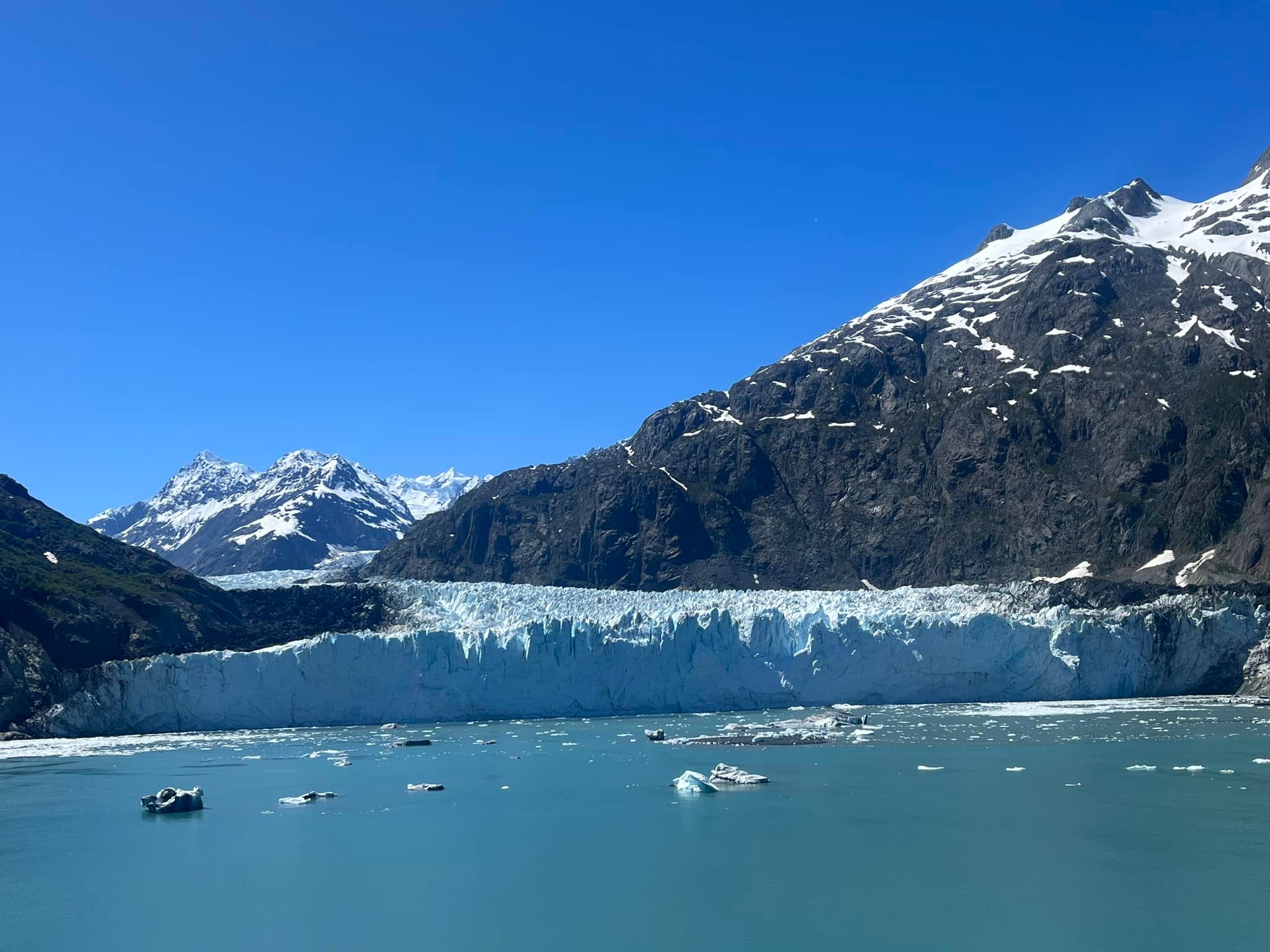
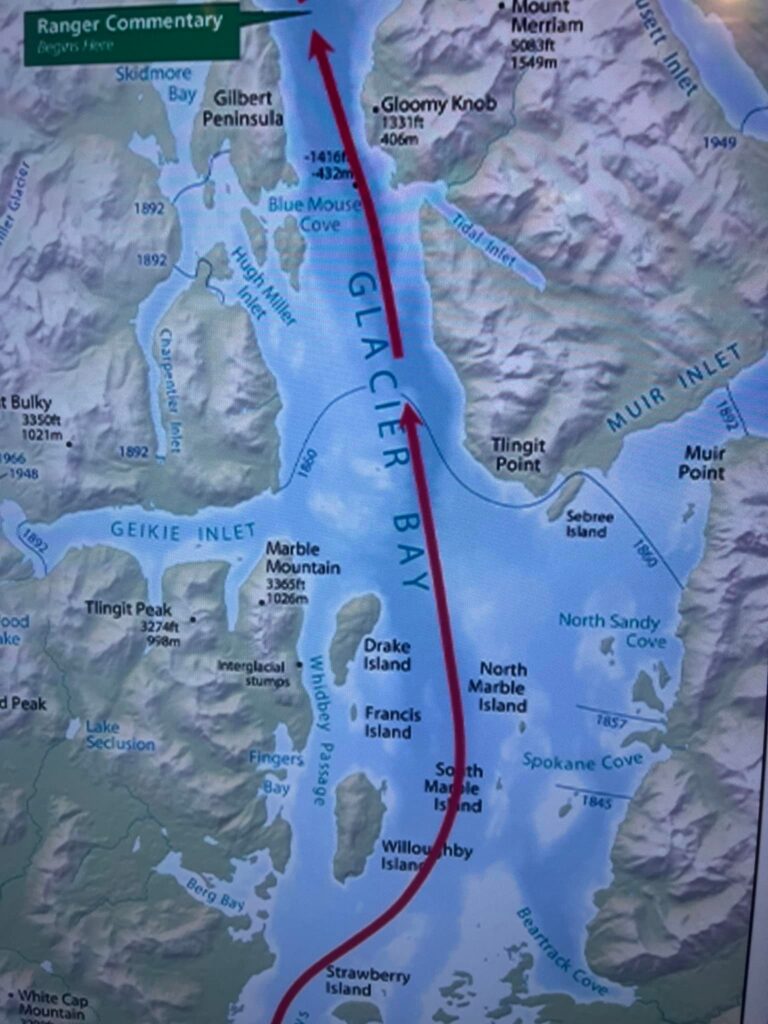
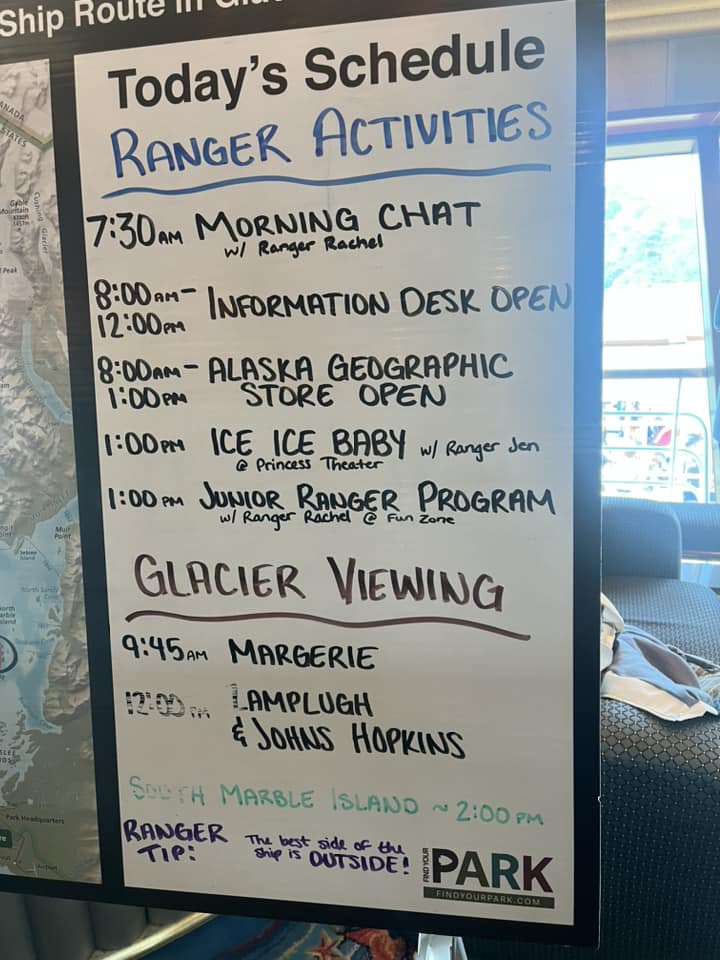
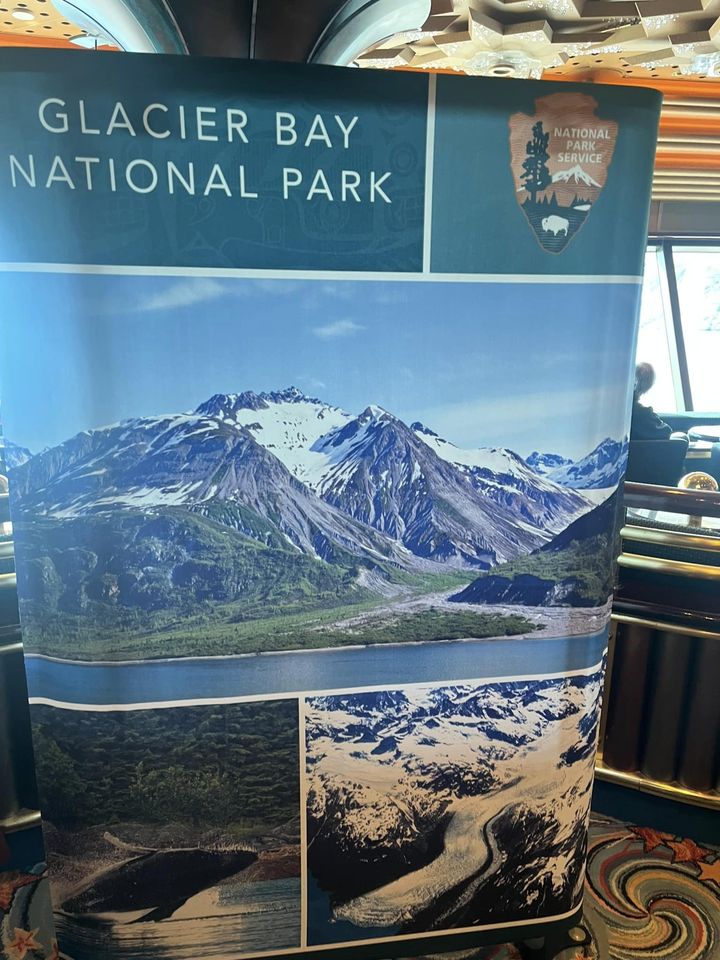
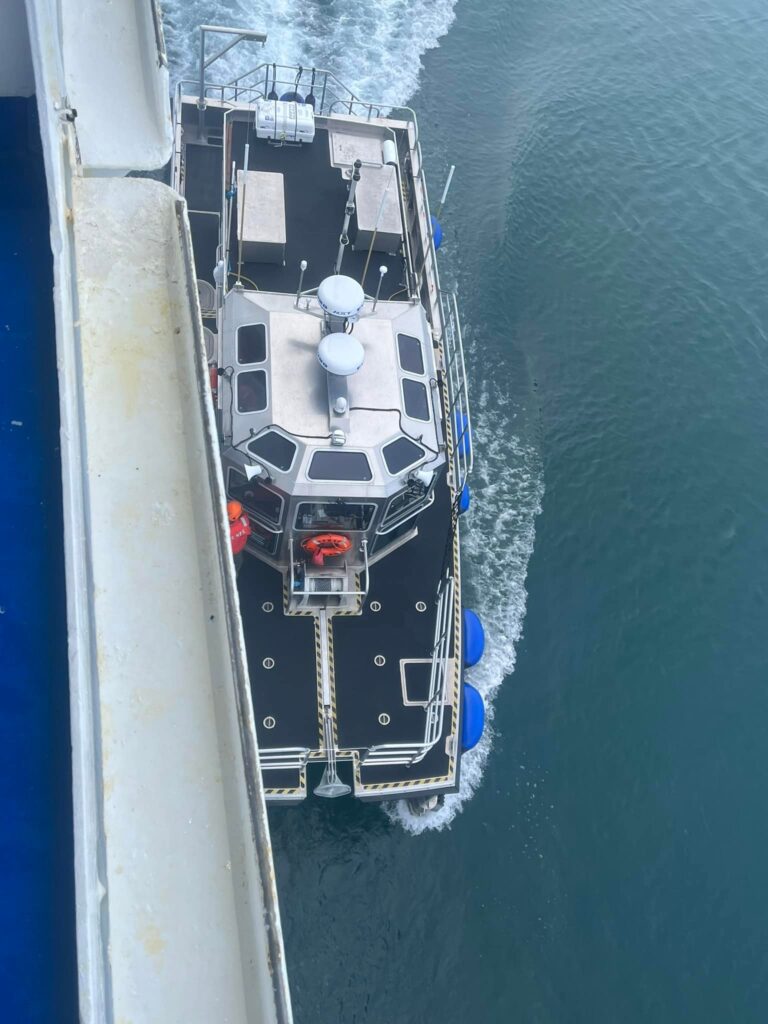
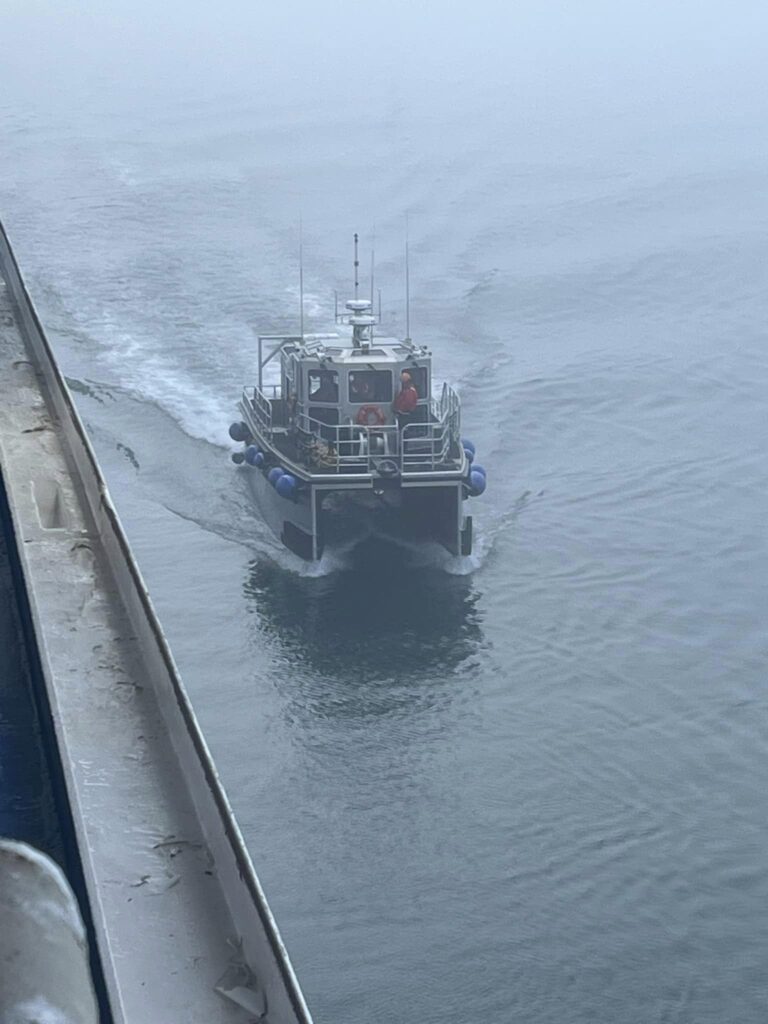
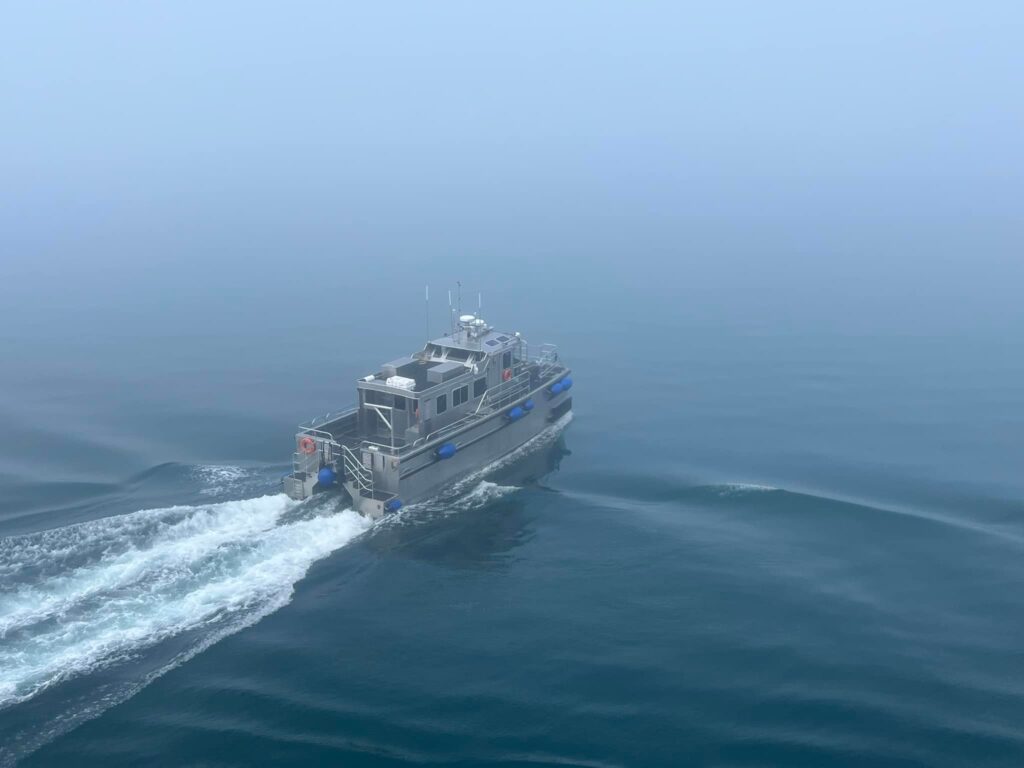
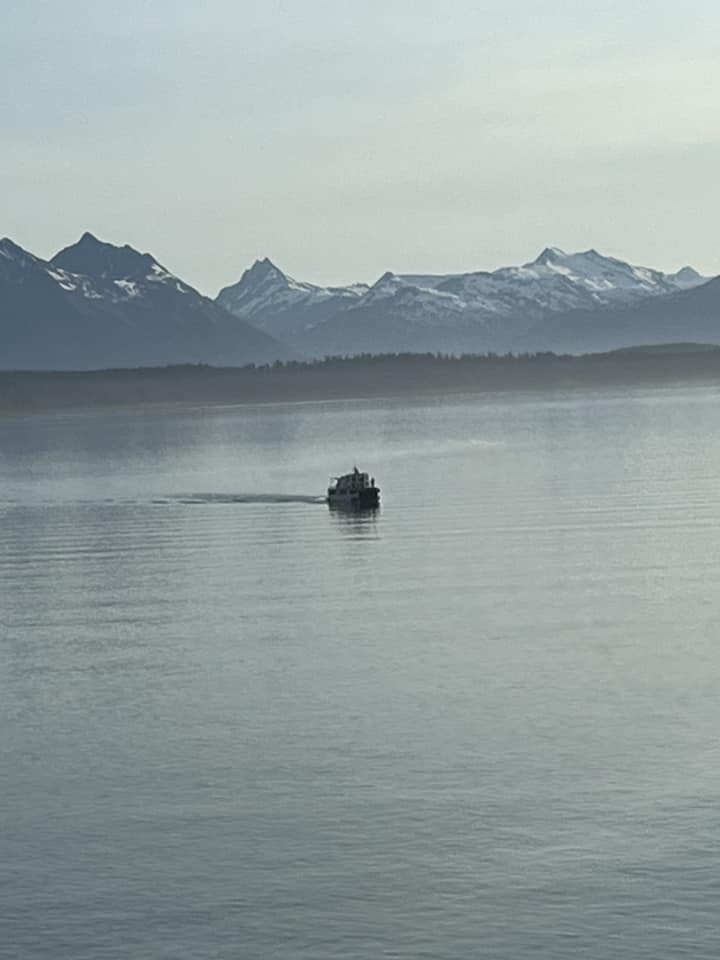
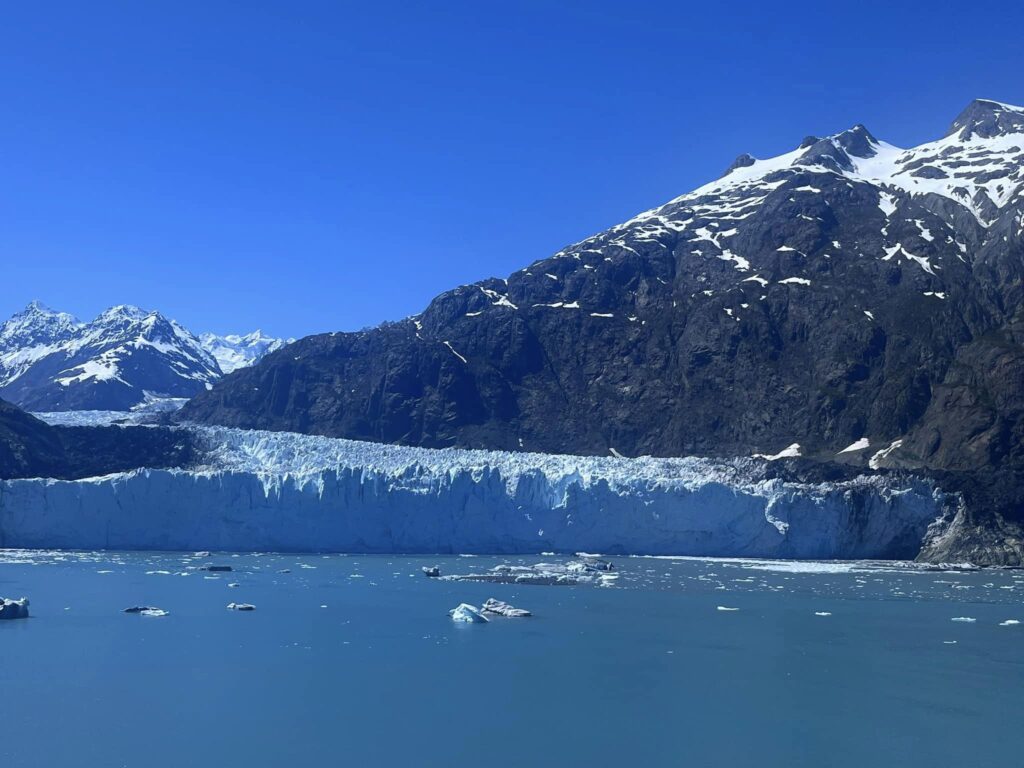
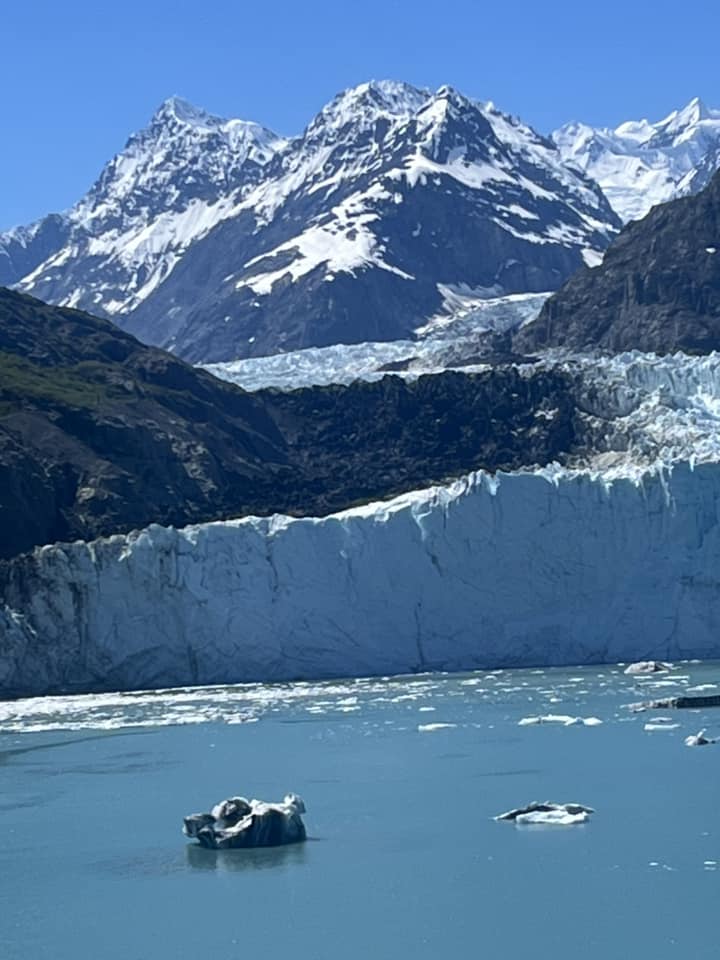
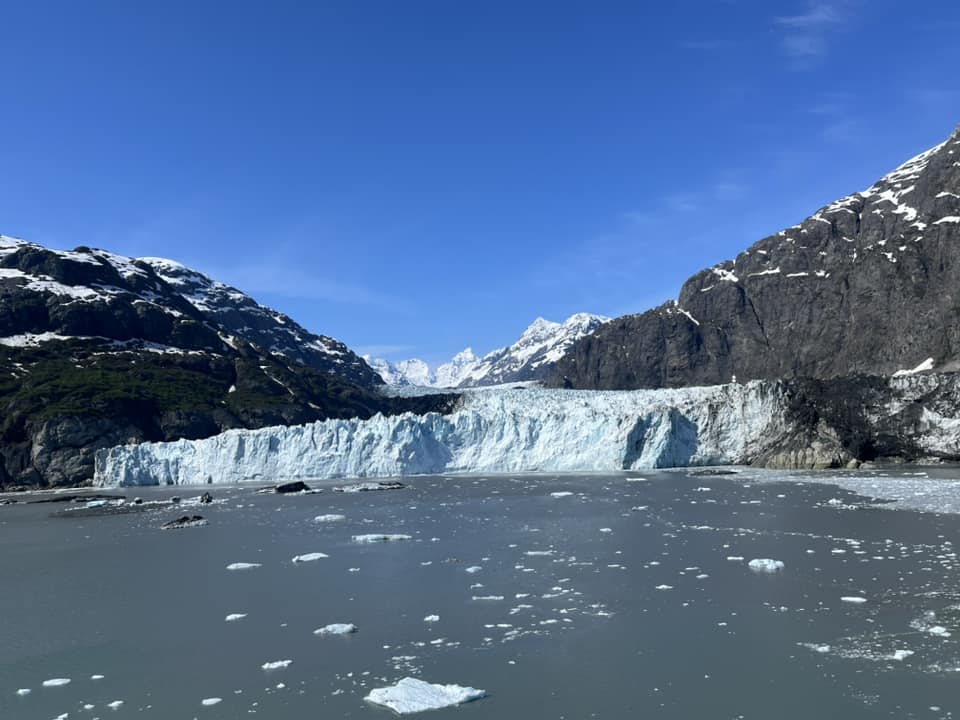
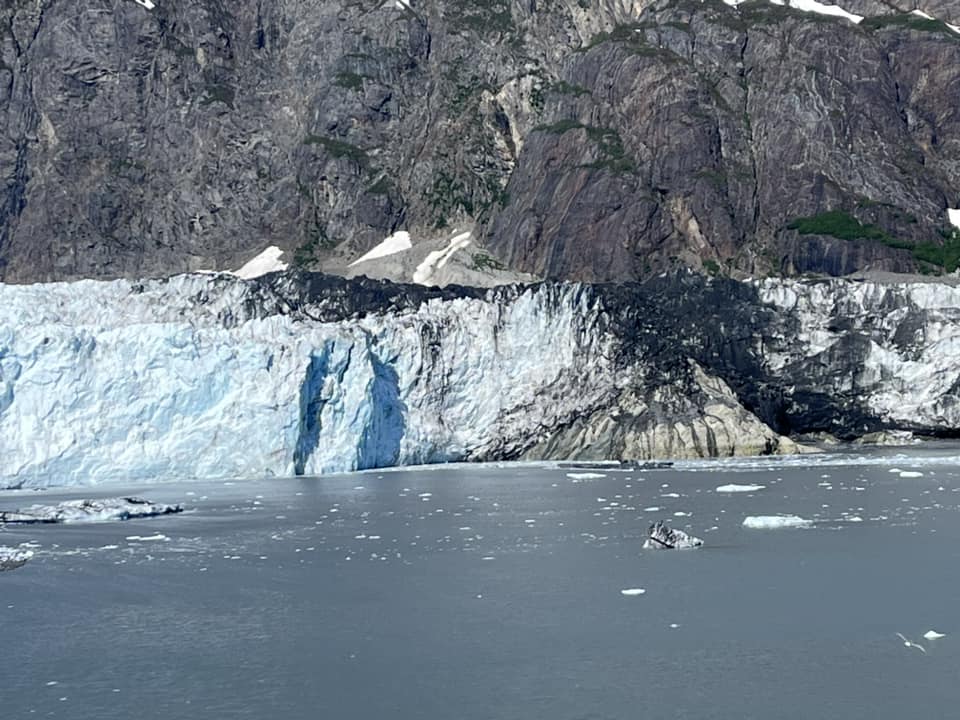
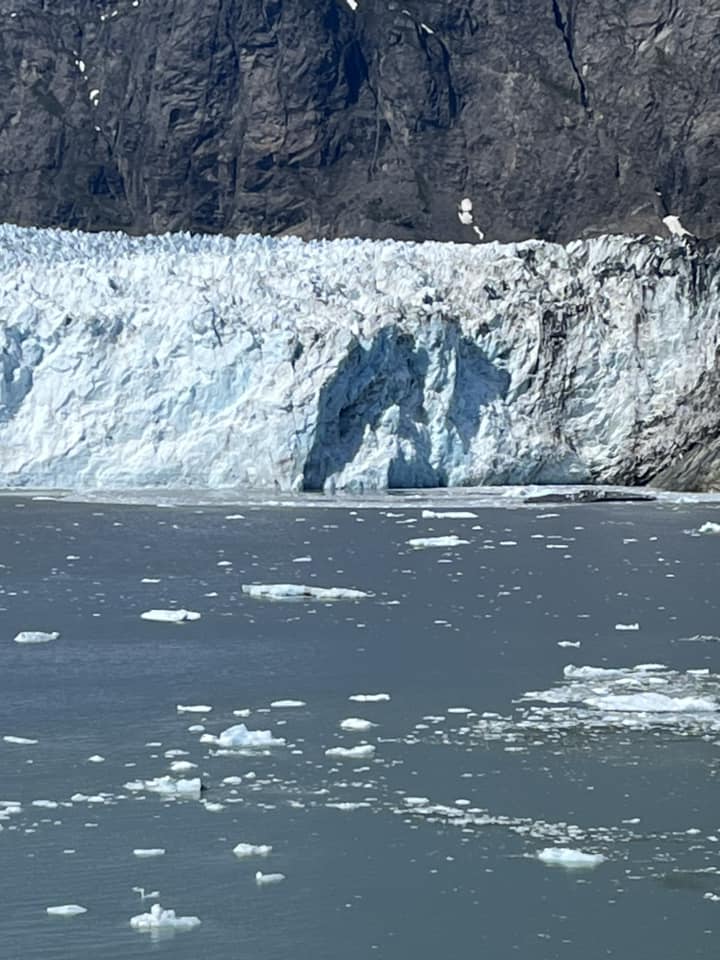
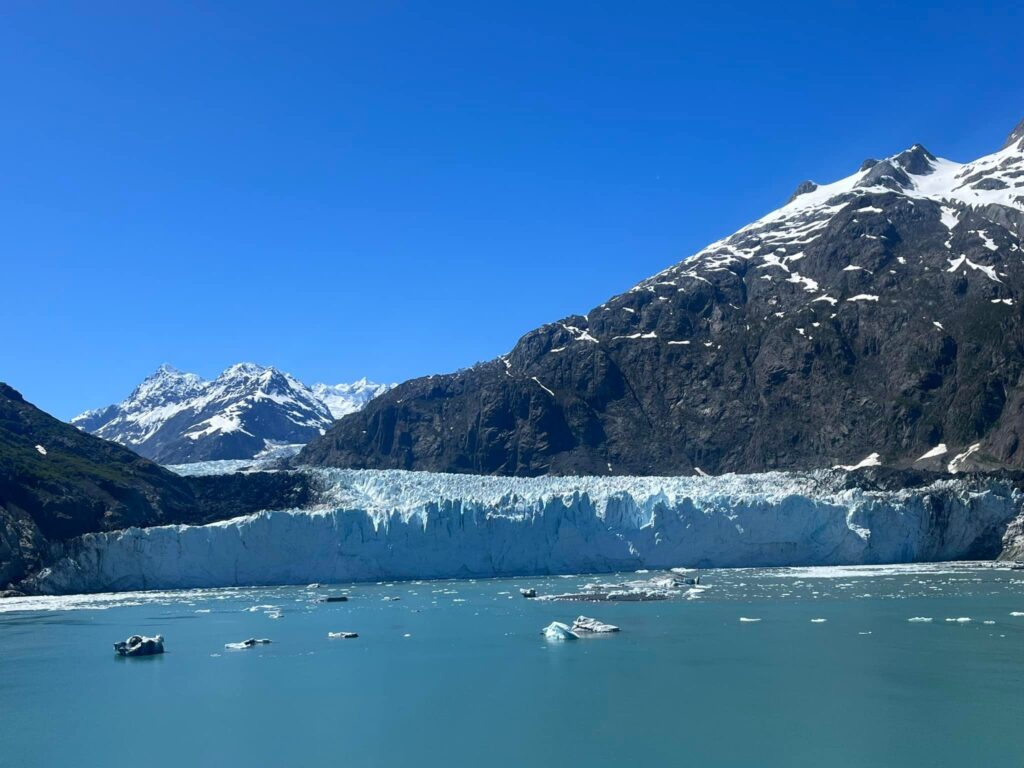
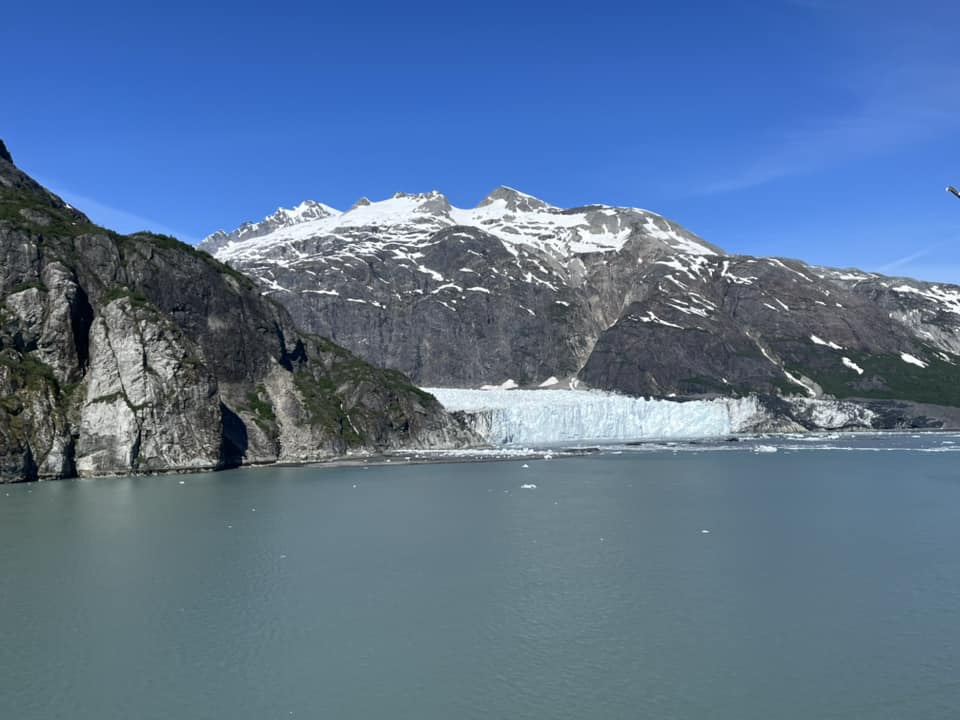
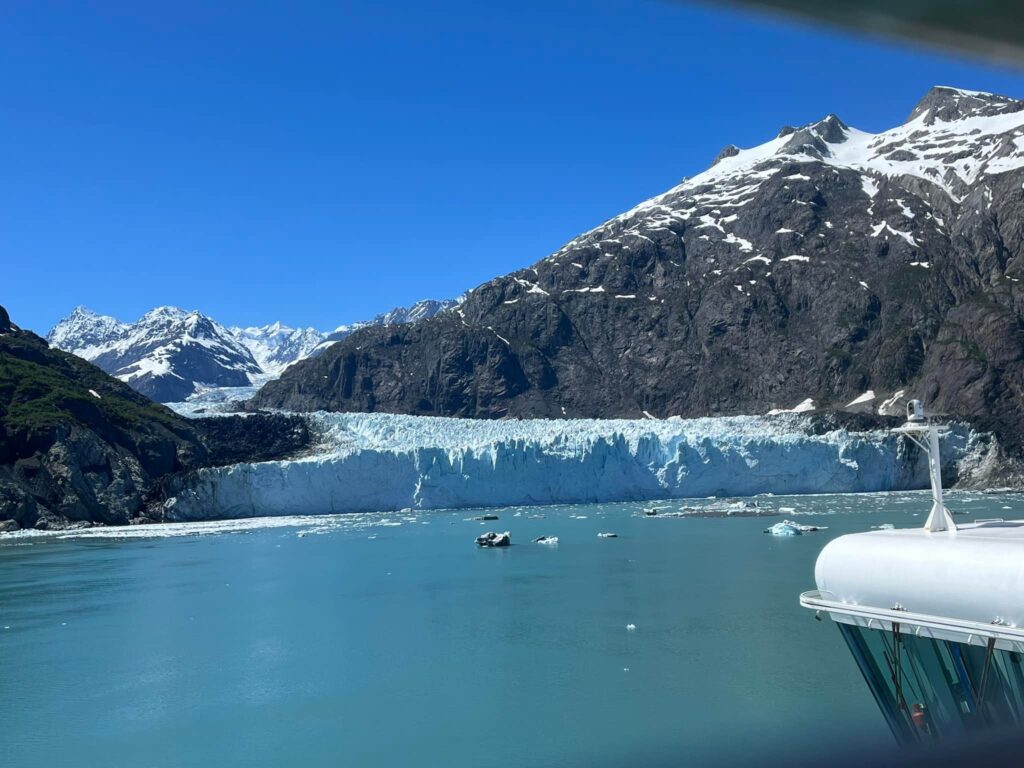
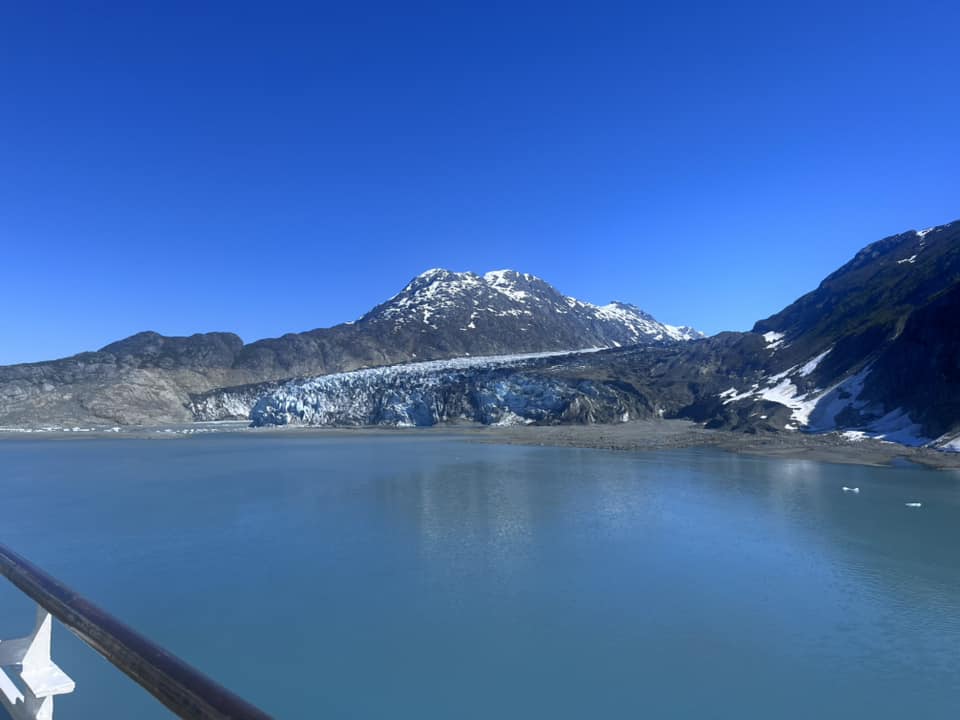
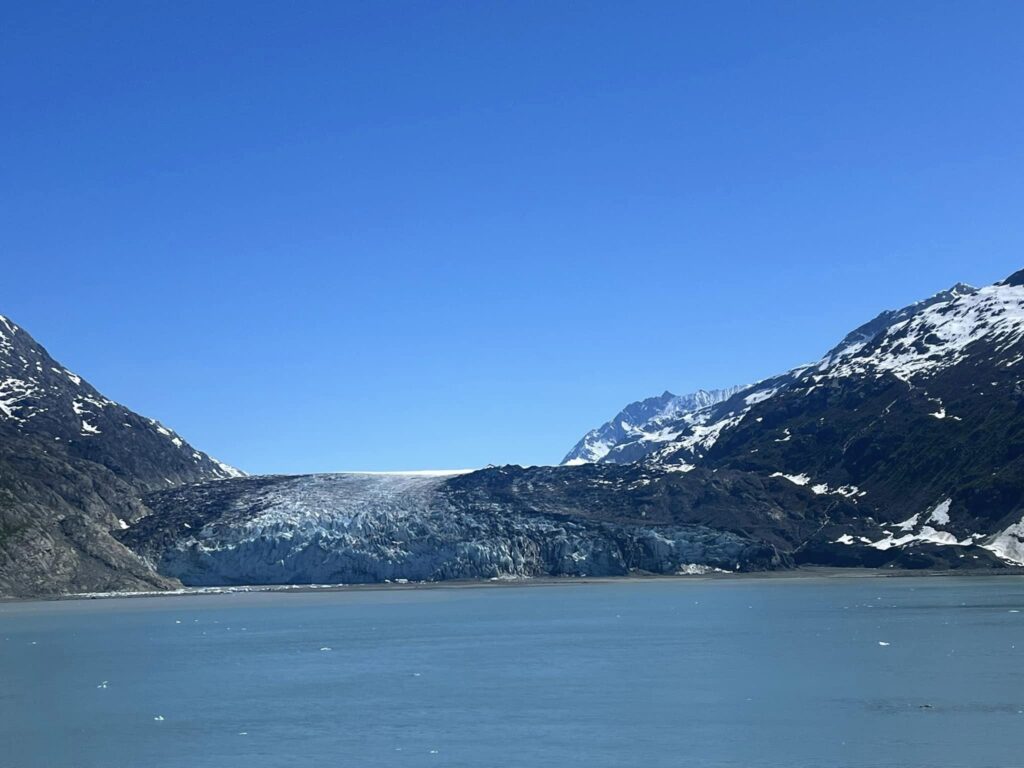
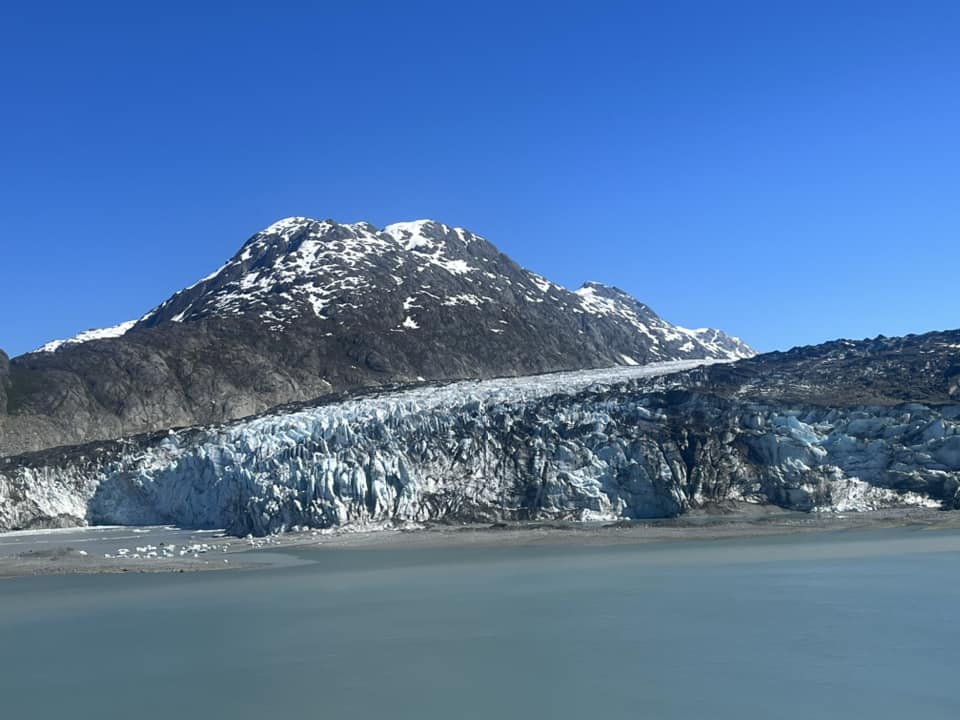
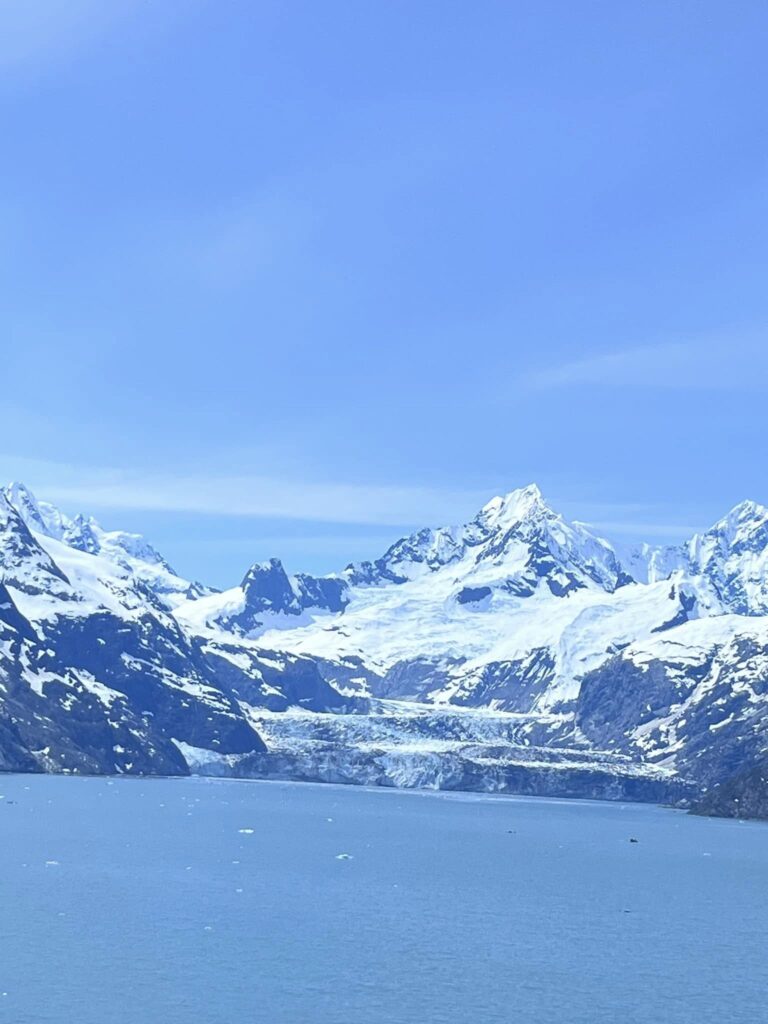
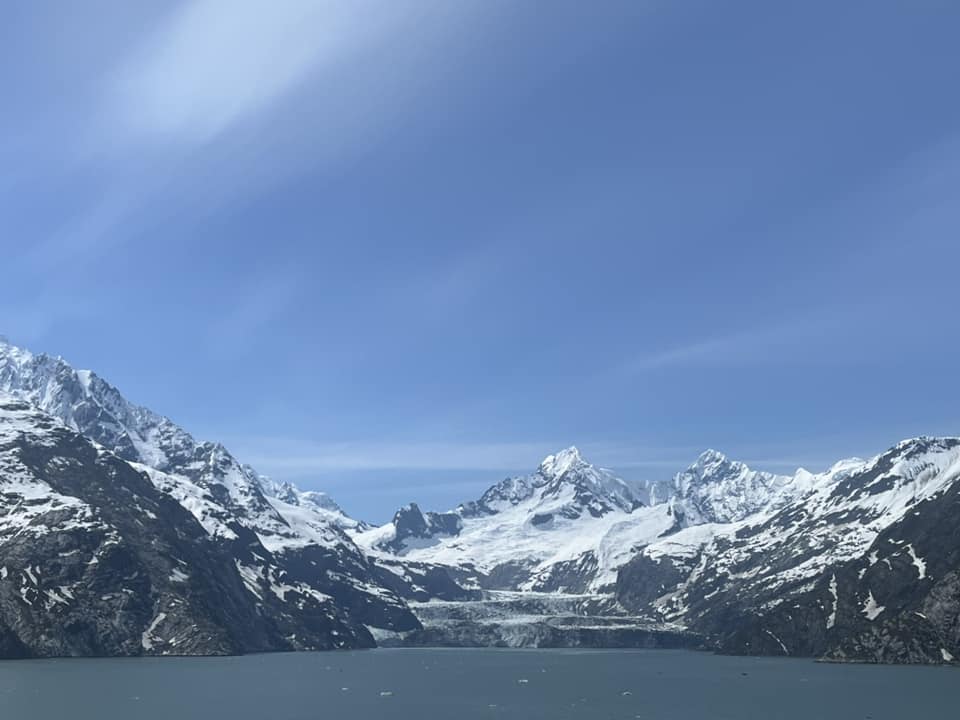
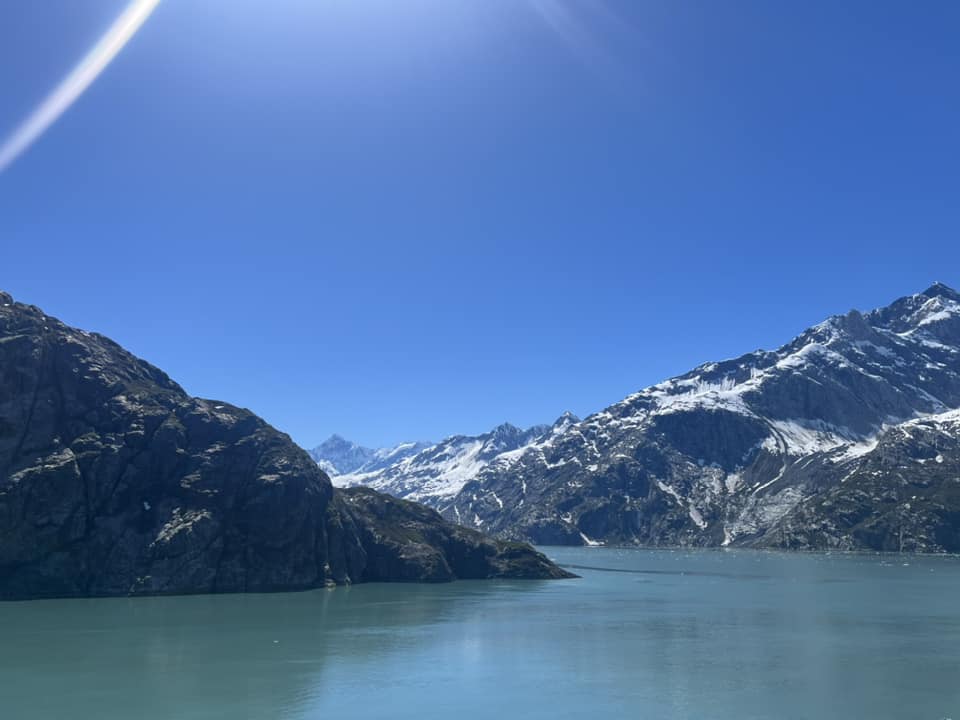




Leave a Reply